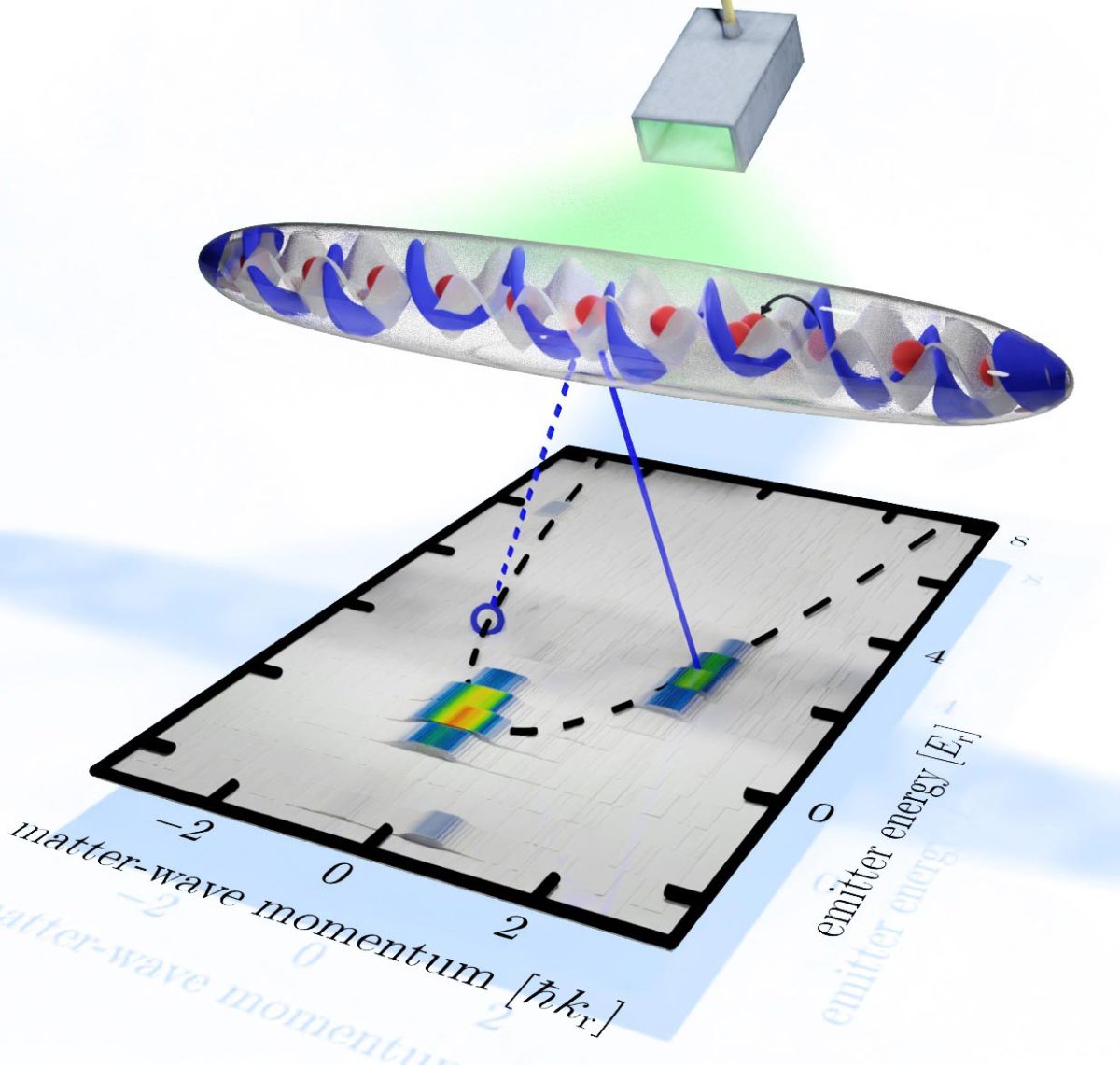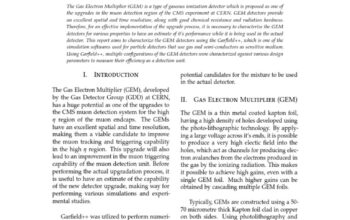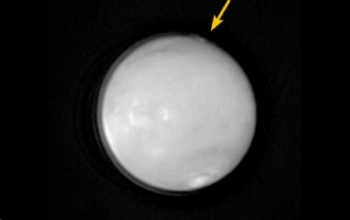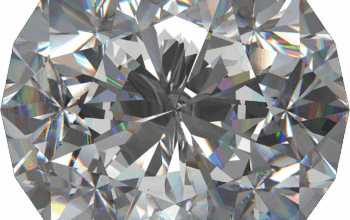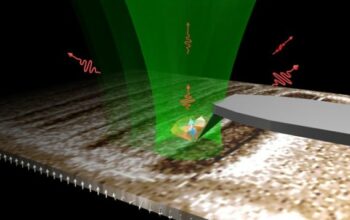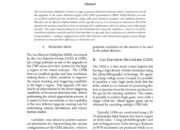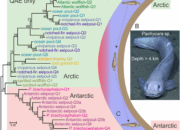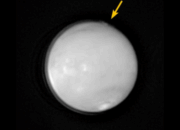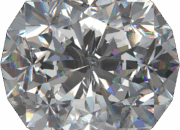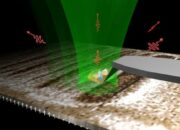Diamonds, traditionally lauded for their unparalleled beauty and unmatched hardness, have recently emerged as focal points in the arena of quantum physics. This seemingly juxtaposed identity as both a gem and a scientific marvel invites scrutiny into the intricate mechanisms of atomic behavior nestled within their crystalline lattice. The exploration of diamonds offers not only a deeper understanding of quantum mechanics but also heralds advancements in technology that could transform numerous fields, including quantum computing and cryptography.
At the atomic level, diamonds are composed of carbon atoms arranged in a tetrahedral structure. This remarkable arrangement contributes to their distinct properties. Within this seemingly simple lattice, a variety of defects can lead to intriguing quantum phenomena. One of the most studied defects is the nitrogen-vacancy (NV) center, where a nitrogen atom replaces a carbon atom while leaving a vacancy. This defect is not merely an imperfection; it is a site of significant quantum activity. The NV center has been shown to exhibit quantum coherence at room temperature, a stark contrast to most quantum systems that require cryogenic environments to observe such phenomena.
The NV center’s capabilities pivot around its electron spin states. These spins can exist in superposition, a fundamental principle of quantum mechanics, where particles occupy multiple states simultaneously. This property underlies the promise of quantum information storage and processing. The ability to manipulate these spins with optical techniques allows for unprecedented control over quantum systems, effectively transforming diamonds into robust platforms for quantum technologies.
Quantum entanglement is another vital phenomenon emerging from the study of NV centers. By entangling spin states between separate NV center systems, researchers are catalyzing advancements in quantum communication. Such entanglement establishes correlations between particles that remain intact regardless of the distance separating them. This characteristic could lead to secure communication channels, rendering eavesdropping protocols obsolete by the very nature of quantum mechanics.
The optical properties of diamonds also augment their utility in quantum mechanics. When exposed to specific wavelengths of light, NV centers emit photons that carry quantum information. The emitted photons can be harnessed to establish quantum links between multiple diamonds, facilitating the generation of entangled states over larger distances. This capability aligns with the development of quantum networks—a crucial stepping stone toward realizing the quantum internet, where information is transmitted with quantum fidelity.
The implications of utilizing diamonds in quantum applications extend beyond theoretical frameworks. The advent of quantum sensors is one area where diamonds are poised to make a significant impact. These sensors exploit the sensitivity of NV centers to their local environment, enabling precise measurements of magnetic fields, electric fields, and even temperature. Such accuracy is invaluable in various fields, including medical imaging and geological exploration. For instance, using NV centers in diamonds could enhance magnetic resonance imaging, allowing for earlier and more reliable diagnoses of health conditions.
Furthermore, the integration of diamonds into quantum computing represents a revolutionary shift in how information is processed. Quantum bits, or qubits, are the foundational elements of quantum computers. Diamonds provide a viable medium for manipulating qubits using the spin states of NV centers. The robustness of diamond against decoherence—a process that causes the loss of quantum information—stands in stark contrast to other materials traditionally used in quantum metadata. Consequently, diamond-based quantum computers are projected to exhibit enhanced operational stability, thereby expediting the pace of technological evolution.
Moreover, the study of diamonds paves the way for a paradigm shift in material science. The ability to engineer diamond and its defects opens avenues for tailoring materials with specific quantum properties. The synthesis of isotopically pure diamonds, for example, reduces the presence of nuclear spins that can cause decoherence, thereby increasing the lifespan of quantum states. Such advancements are crucial in pushing the boundaries of what is achievable within quantum technologies.
However, challenges remain. The inherent complexity of manipulating and embedding NV centers into diamonds often requires sophisticated techniques. Scaling these technologies for mass production while maintaining integrity and performance poses additional hurdles. Researchers are relentlessly investigating potential solutions, focusing on innovative fabrication methods that may render diamonds as ubiquitous platforms for quantum technologies.
In conclusion, diamonds serve as enigmatic vessels revealing the quantum secrets hidden within their structure. Their unique properties—exemplified by NV centers—position them at the forefront of quantum research, offering insights that enhance our understanding of the quantum realm. Through the manipulation of electron spins and the harnessing of optical properties, diamonds manifest as pivotal artifacts, promising an era of advancements that could redefine technology across multiple disciplines. As research in this domain continues to flourish, the transformation of diamonds from ornamental to instrumental highlights a crucial intersection of natural beauty and scientific inquiry—inviting us all to gaze further into the depths of their quantum marvels.
